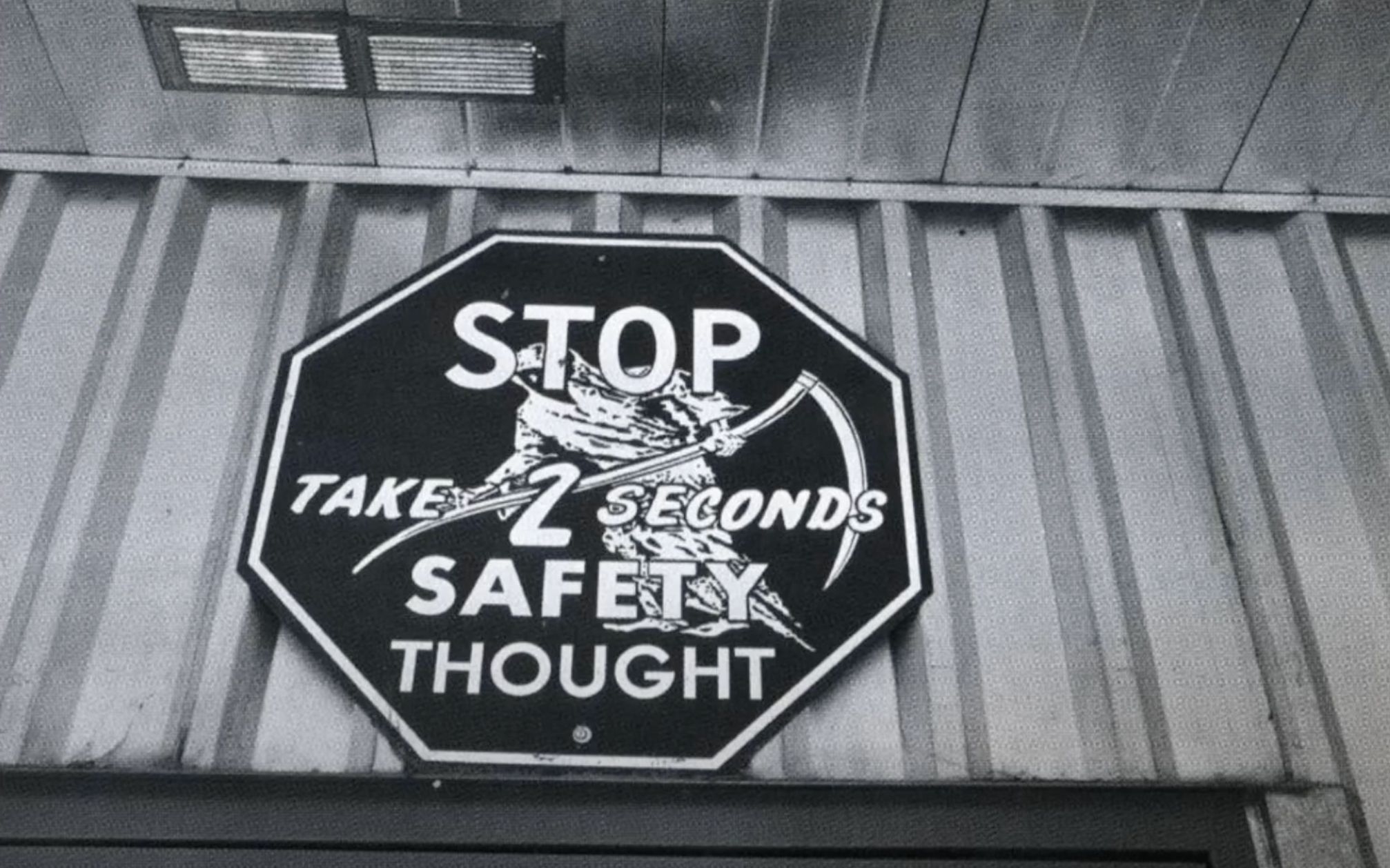D. J. Connell, “Fall 1998 200 East Area Biological Vector Contamination Report” (Richland, WA: Fluor Daniel Hanford, Inc., March 17, 1999), F-5.
This incident is documented in detail in, “Fall 1998 200 East Area Biological Vector Contamination Report”; my analysis is informed by Shannon Cram’s “Wild and Scenic Wasteland: Conservation Politics in the Nuclear Wilderness,” Environmental Humanities 7, no. 1 (2015): 99–101.
Connell, “Fall 1998 200 East Area Biological Vector Contamination Report,” 5–8, 1–6.
Connell, A-1, xiv. These details are also included in Cram’s “Wild and Scenic Wasteland,” 99–100.
To borrow a phrase from Mary Douglas, they become “matter out of place.” Mary Douglas, Purity and Danger: An Analysis of Concepts of Pollution and Taboo (London ; Boston: Routledge & K. Paul, 1980), 36.
Connell, “Fall 1998 200 East Area Biological Vector Contamination Report,” F-20.
Connell, F-7.
Soraya Boudia et al., “Residues: Rethinking Chemical Environments,” Engaging Science, Technology, and Society 4 (June 28, 2018): 165–178; Angela N. H. Creager, Life Atomic : A History of Radioisotopes in Science and Medicine (London: The University of Chicago Press, 2013); Meredith TenHoor, “Toxic Geographies,” ed. Caroline Acheatel et al., Perspecta 53 (2020): 218–233; Gabrielle Hecht, Being Nuclear : Africans and the Global Uranium Trade (Cambridge, MA: MIT Press, 2014); Lawrence Buell, “Toxic Discourse,” Critical Inquiry 24, no. 3 (1998): 639–665. Another prominent example of scholarship on the meaning of toxicity, from within the discipline of architectural history, can be found in the Aggregate Architectural History Collaborative’s project on, “Toxics,” The Aggregate Website, Volume 8 (December 2020), ➝.
Judith Butler, Frames of War: When Is Life Grievable? (London; New York: Verso, 2009), 3.
Peter B. Hales, Atomic Spaces: Living on the Manhattan Project (Urbana: University of Illinois Press, 1997), 3.
Hales, 35. Hales’ quotation of Groves can be found in Jesse A. Remington and Lenore Fine, eds., The Corps of Engineers: Construction in the United States (Washington, D.C.: U.S. Government Printing Office, 2003), 659.
Cram, “Wild and Scenic Wasteland,” 90.
Hales, Atomic Spaces, 23.
Shannon Cram, “Becoming Jane: The Making and Unmaking of Hanford’s Nuclear Body,” Environment and Planning D: Society and Space 33, no. 5 (October 1, 2015): 803; Kate Brown, Plutopia: Nuclear Families, Atomic Cities, and the Great Soviet and American Plutonium Disasters (Oxford: Oxford University Press, 2013), 32.
Hales, Atomic Spaces, 19.
Brown, Plutopia, 33.
Dorceta E. Taylor, “Internal Colonialism: Native American Communities in the West,” in Toxic Communities, Environmental Racism, Industrial Pollution, and Residential Mobility (NYU Press, 2014), 49.
Hales, Atomic Spaces, 45.
Gabrielle Hecht provides an illuminating account of the global uranium trade that relied on African mines for the raw materials of nuclear industry. African nations are mostly denied both the geopolitical exceptionalism of nuclearity as well as the international legal frameworks for redressing nuclear injury. According to Hecht, Shinkolobwe Mine remains unemediated and a source of “radiation-induced” disease. See Being Nuclear, 193, 336; The Shinkolobwe Mine has recently received attention in mass media as a significant site in the aftermath of the Manhattan Project; see Frank Swain, “The Forgotten Mine That Built the Atomic Bomb,” BBC, August 3, 2020, ➝.
“Projects & Facilities - Hanford Site,” ➝.
Brown, Plutopia, 47.
Brown, 46.
Brown, 47–48.
Brown, 342, n2.
Hales, Atomic Spaces, 102.
Brown, Plutopia, 22.
Brown, 26.
Brown, 27.
Brown, 24. For more on the relationship between toxicity and workplace reform in the nineteenth century, see Buell, “Toxic Discourse,” 651.
The ideal residents of Richland Village, as the community would be named, were white, middle-class, college-educated childrearing families. Hales, Atomic Spaces, 96.
DuPont opposed the New Deal, social welfare, and government intervention into markets. Additionally, the company’s executives believed that suburbia was good for business by incentivizing middle-class consumerism. But ironically, DuPont’s profits largely depended on government largesse through military contracts like the one for Hanford. Brown, Plutopia, 39.
Hales, Atomic Spaces, 36.
Hales, 107.
My reading of Pehrson’s plans is informed by Hales, 97.
Brown, Plutopia, 4.
Hales, Atomic Spaces, 278.
Hales, 284; Rob Nixon, Slow Violence and the Environmentalism of the Poor (Cambridge, MA: Harvard University Press, 2011), 10.
On the toxicity’s relationship to numerical standards, scientific instrumentation, and bodily politics, see Mel Y. Chen, Animacies: Biopolitics, Racial Mattering, and Queer Affect, Perverse Modernities (Durham: Duke University Press, 2012), 191.
Fabiola López-Durán, Eugenics in the Garden: Transatlantic Architecture and the Crafting of Modernity (Austin: University of Texas Press, 2018), 188.
“Physical phantoms are made of solid materials which are radiologically equivalent to human tissues,” X. George Xu, “An Exponential Growth of Computational Phantom Research in Radiation Protection, Imaging, and Radiotherapy: A Review of the Fifty-Year History,” Physics in Medicine and Biology 59, no. 18 (September 21, 2014): 3.
Cram, “Becoming Jane,” 798.
Cram, 806.
Brown, Plutopia, 169.
Brown, 57.
Hales, Atomic Spaces, 149; Vitruvius Pollio, Vitruvius, the Ten Books on Architecture, trans. M. H. Morgan (Cambridge: Harvard University Press, 1926), 20.
Cram, “Wild and Scenic Wasteland,” 90.
